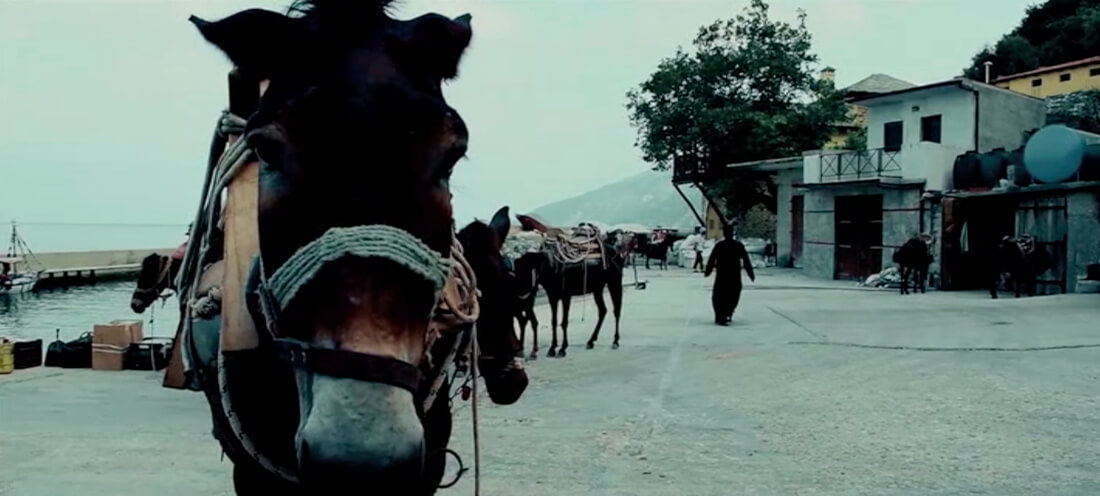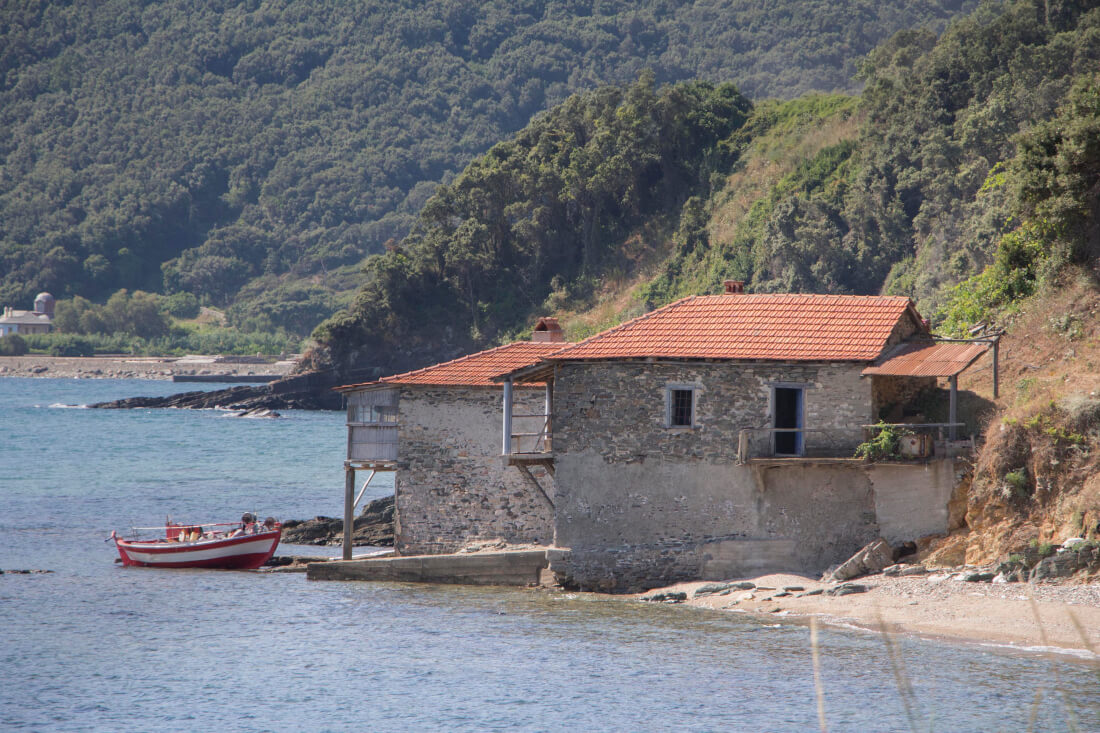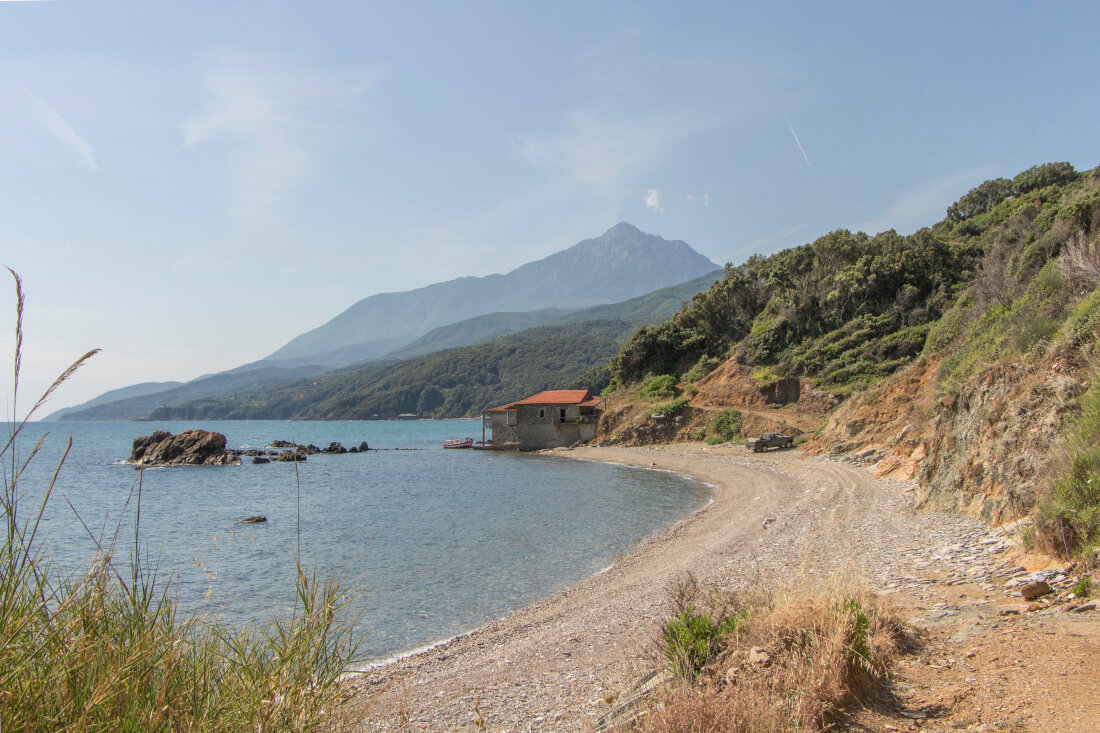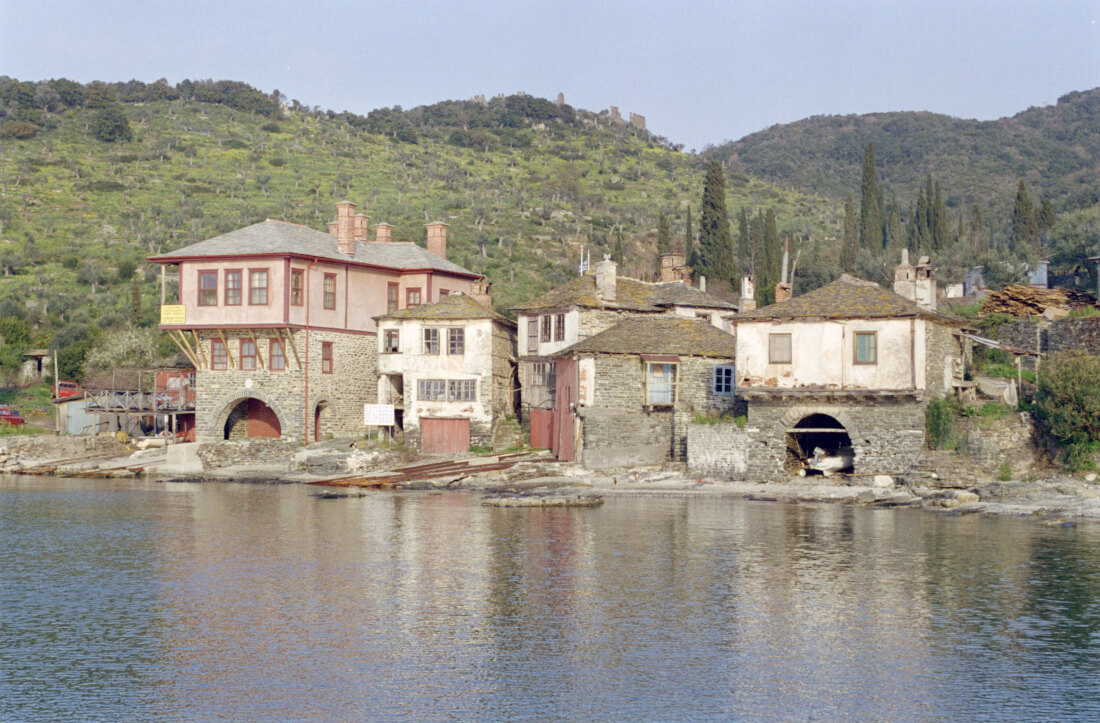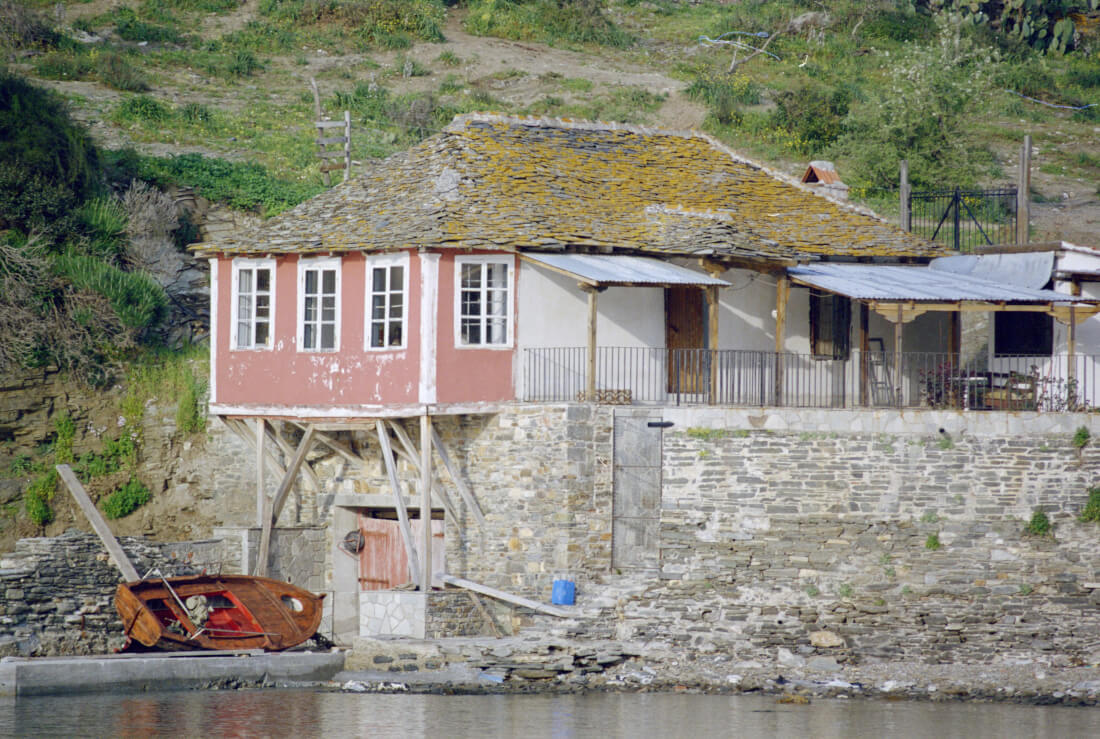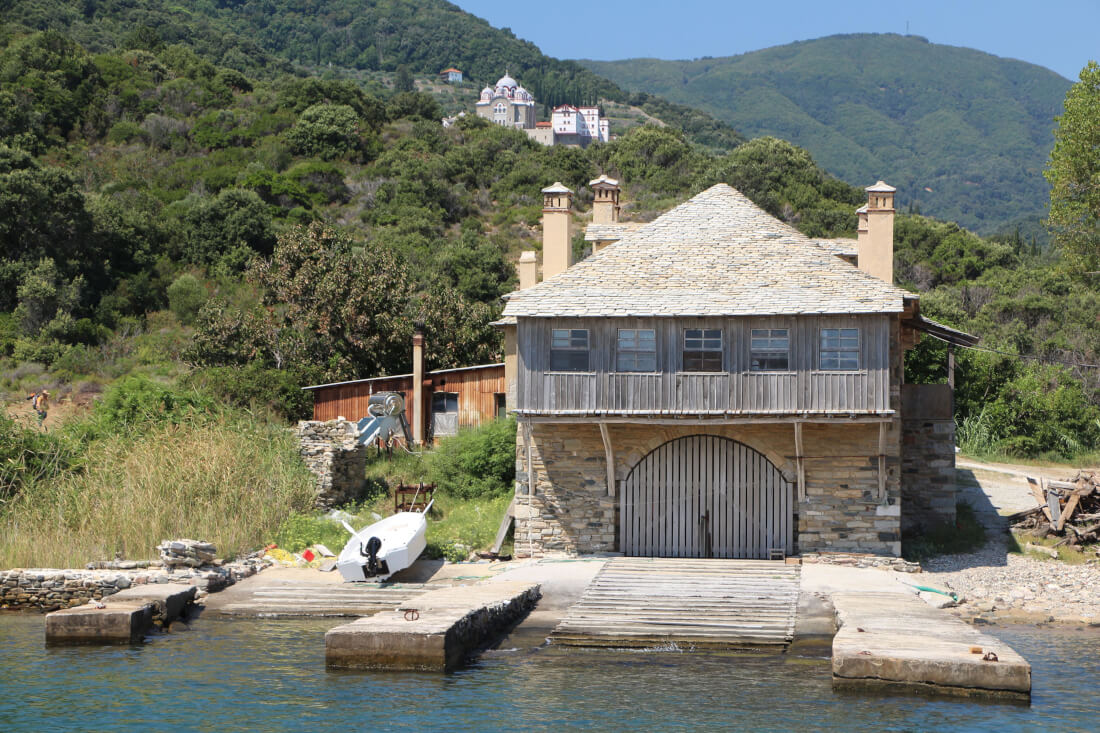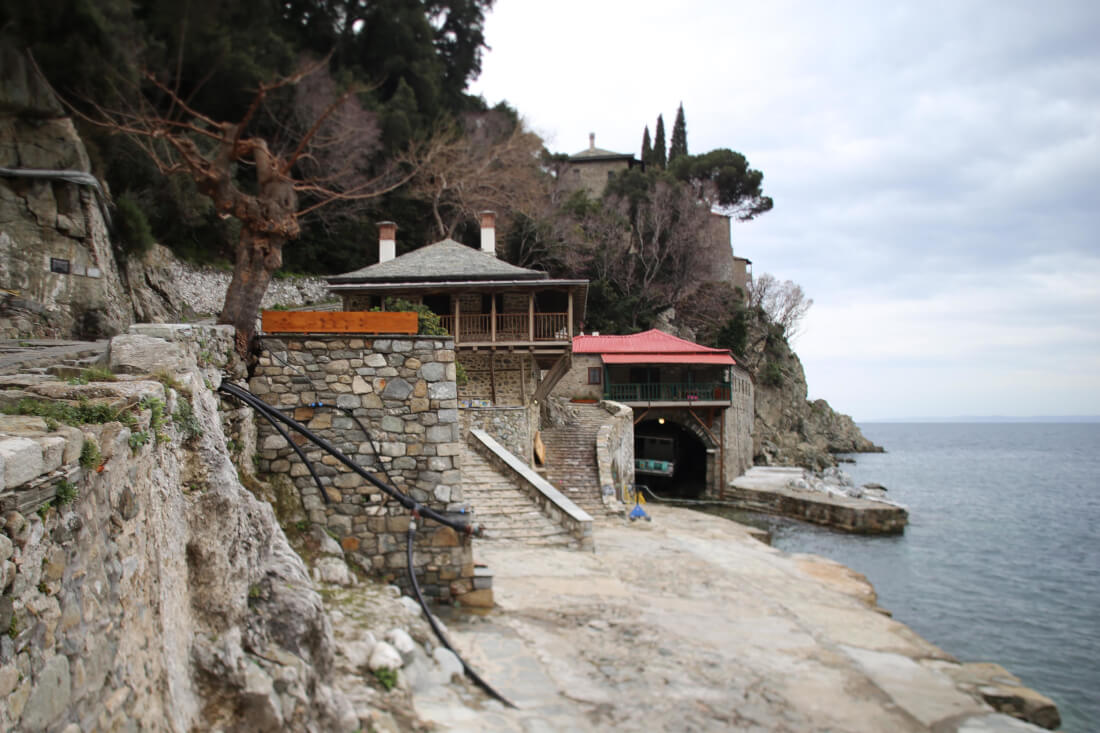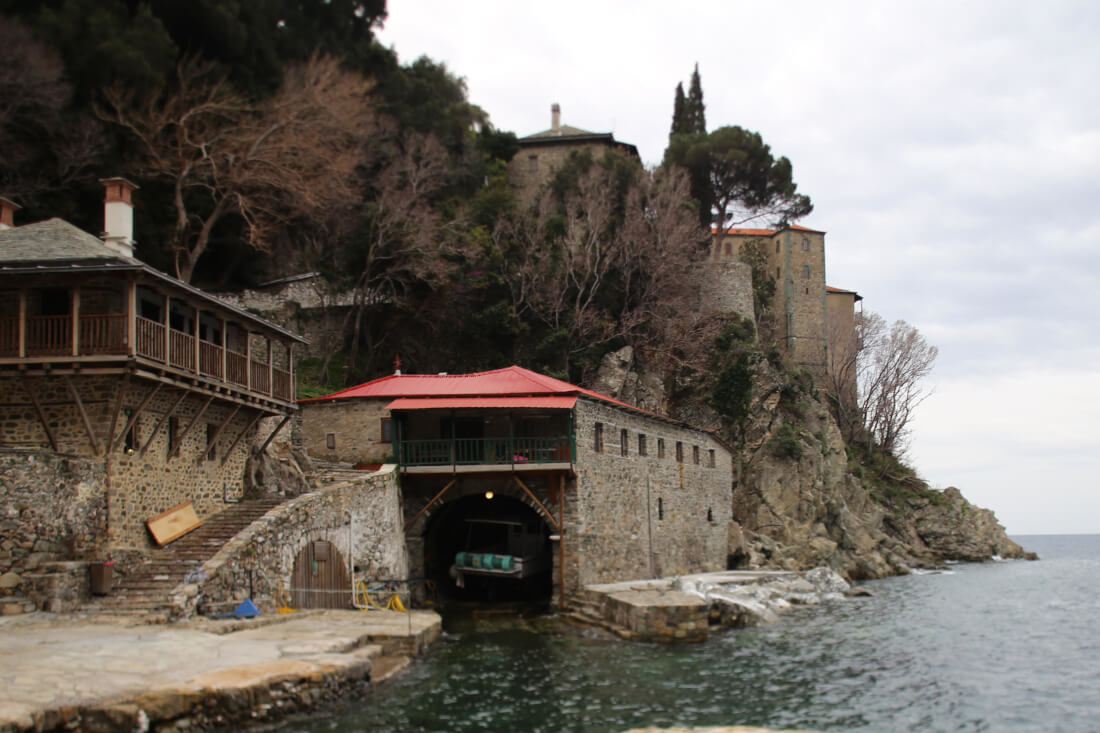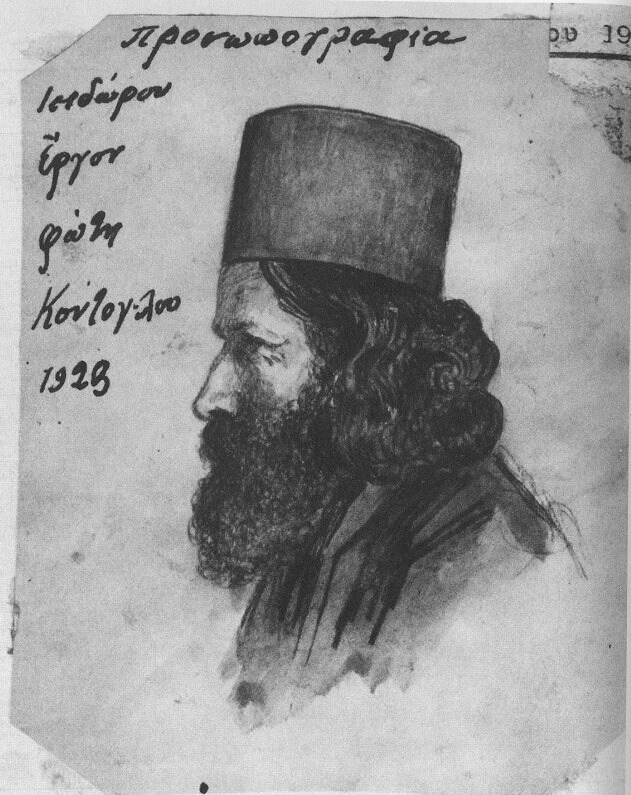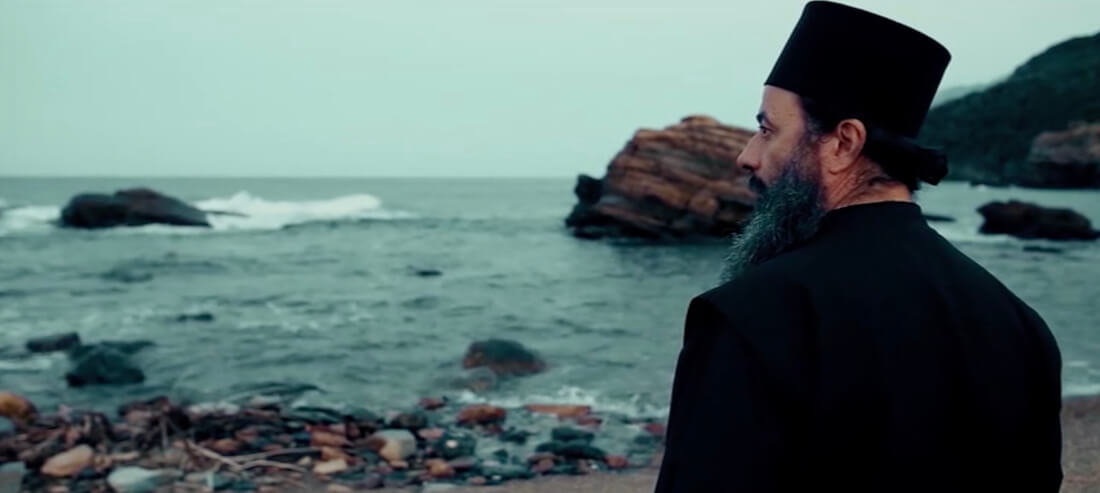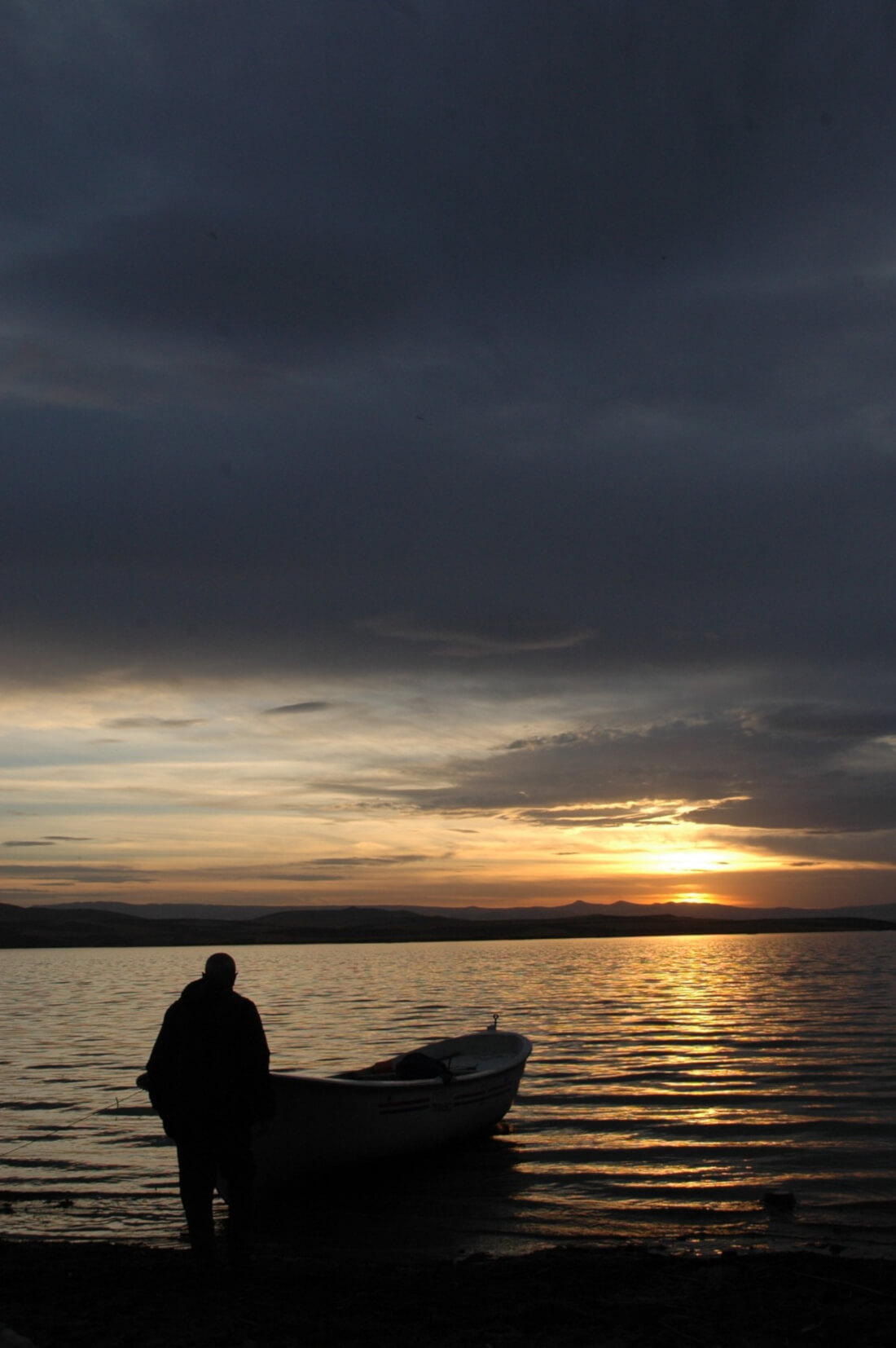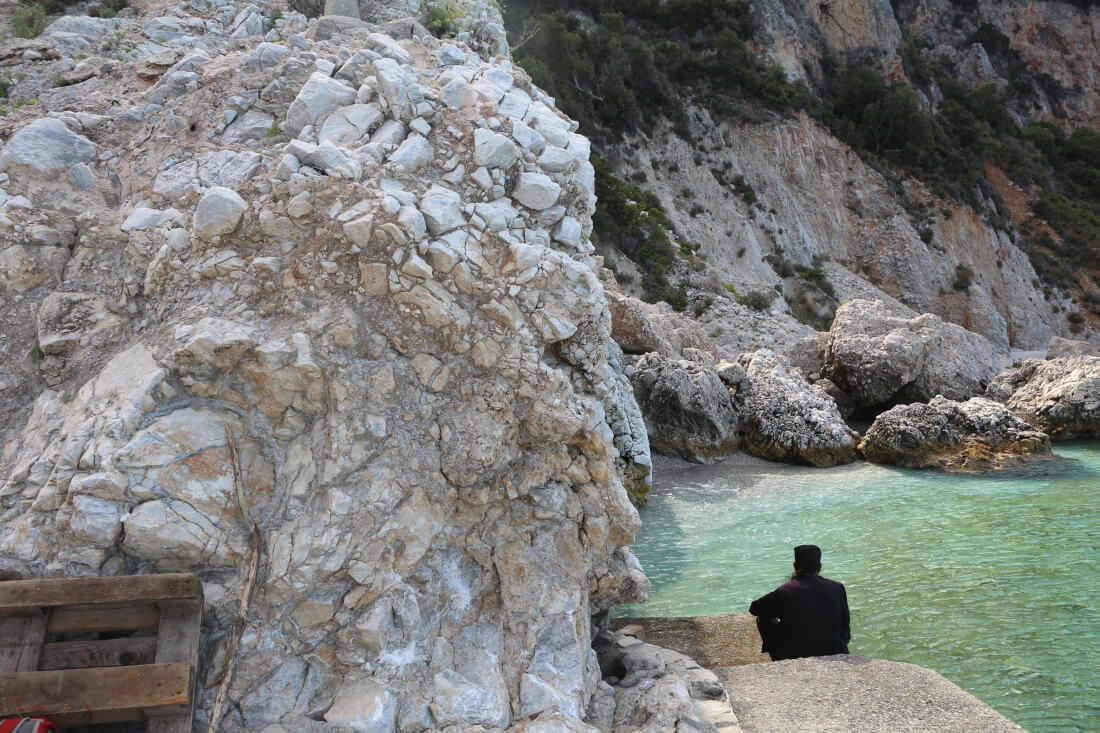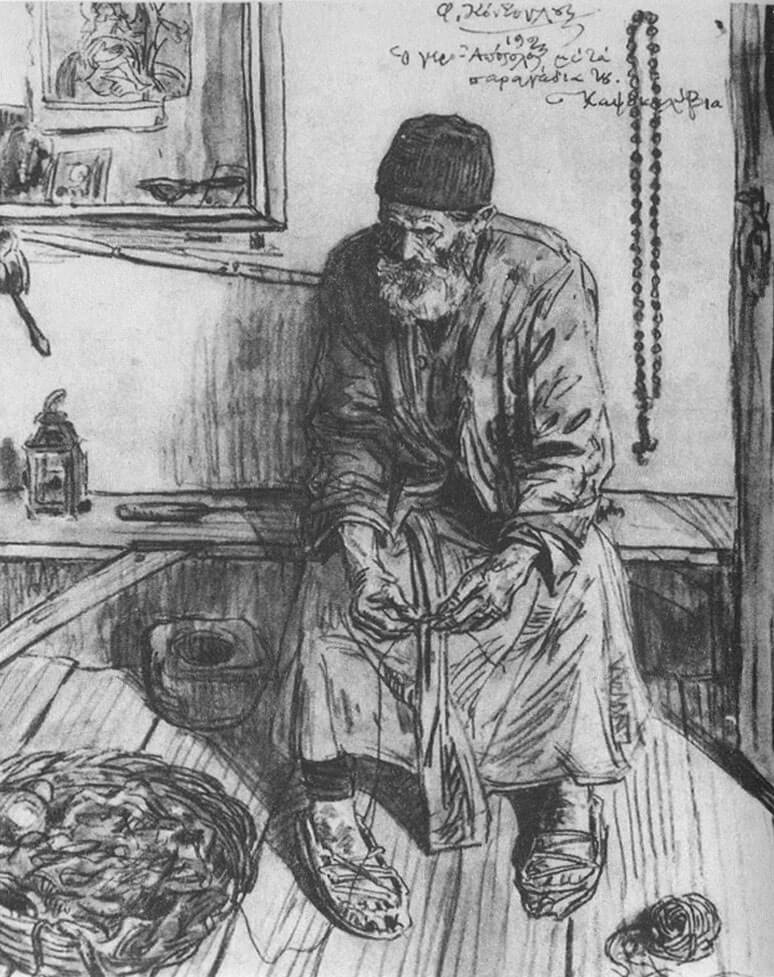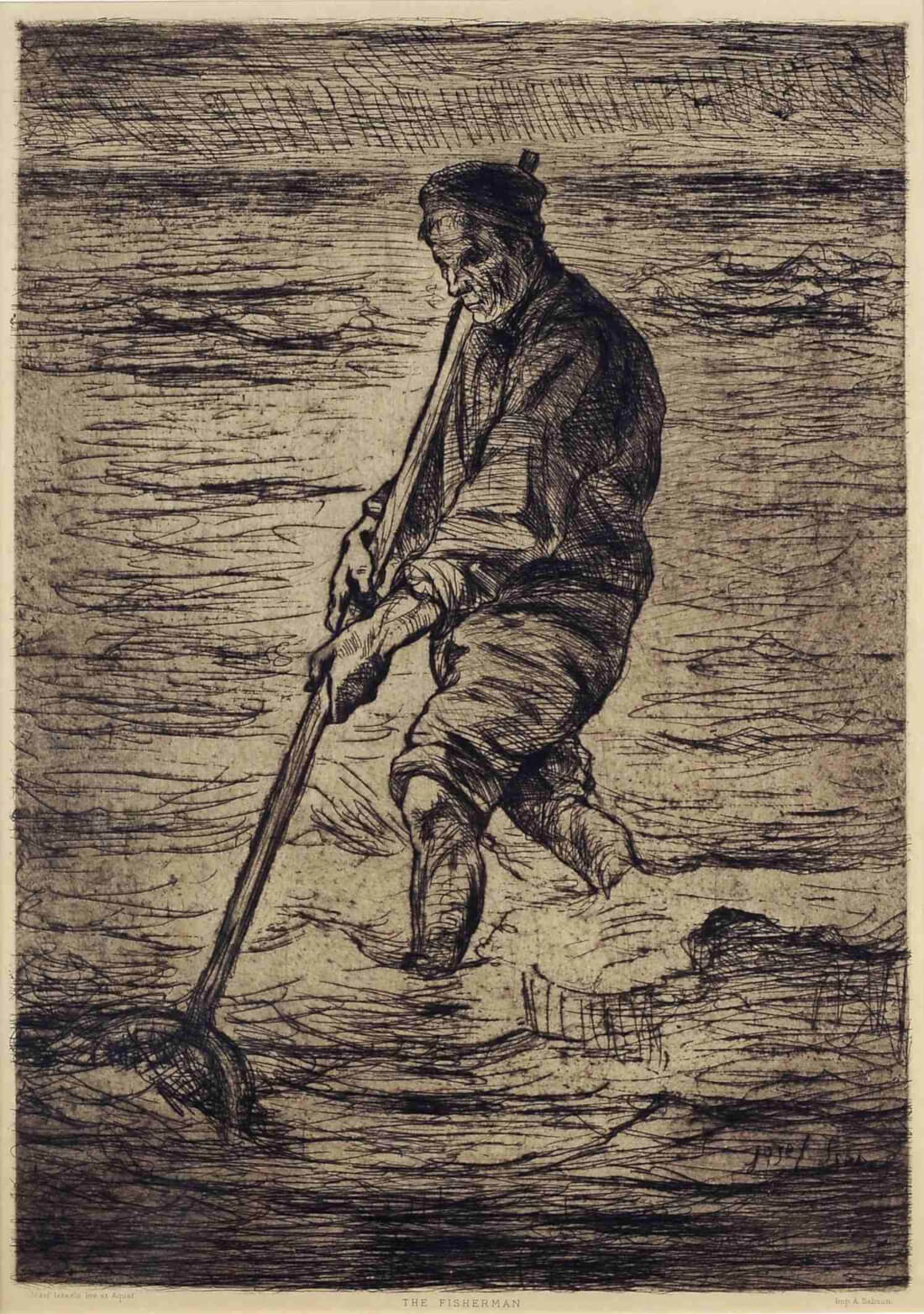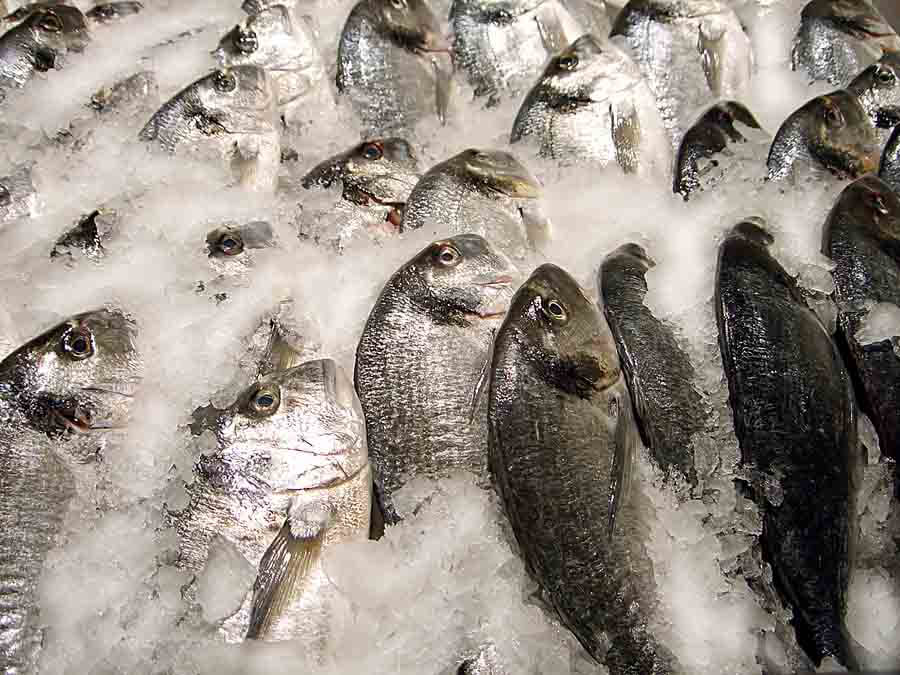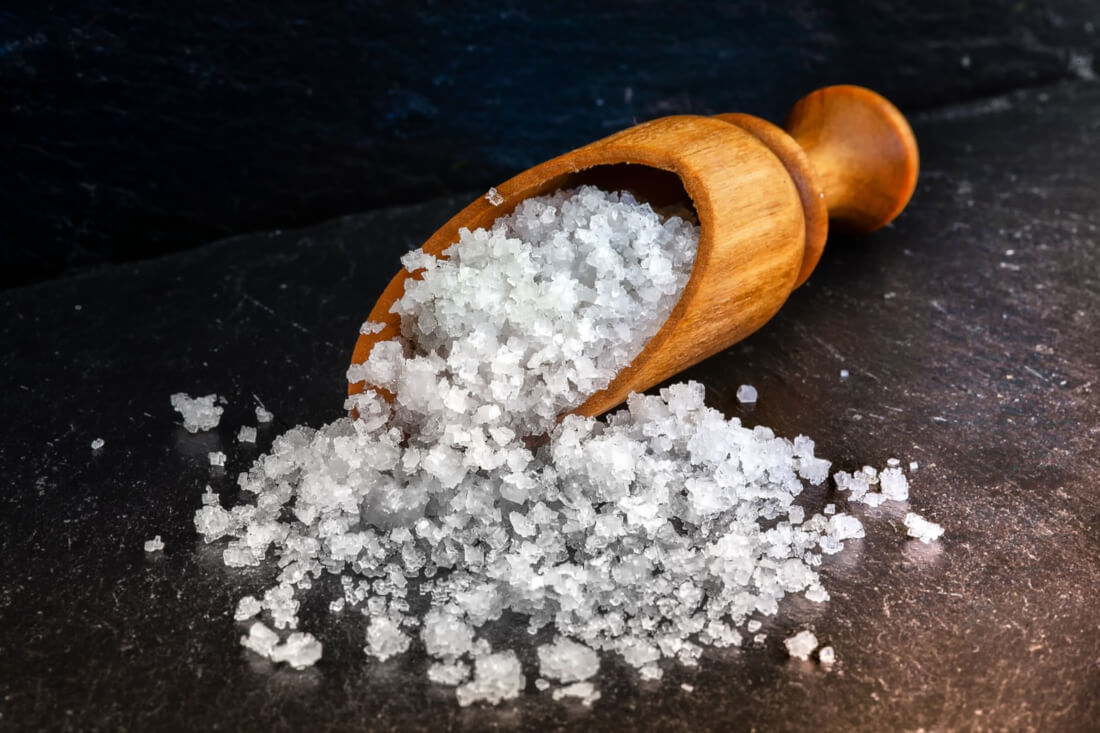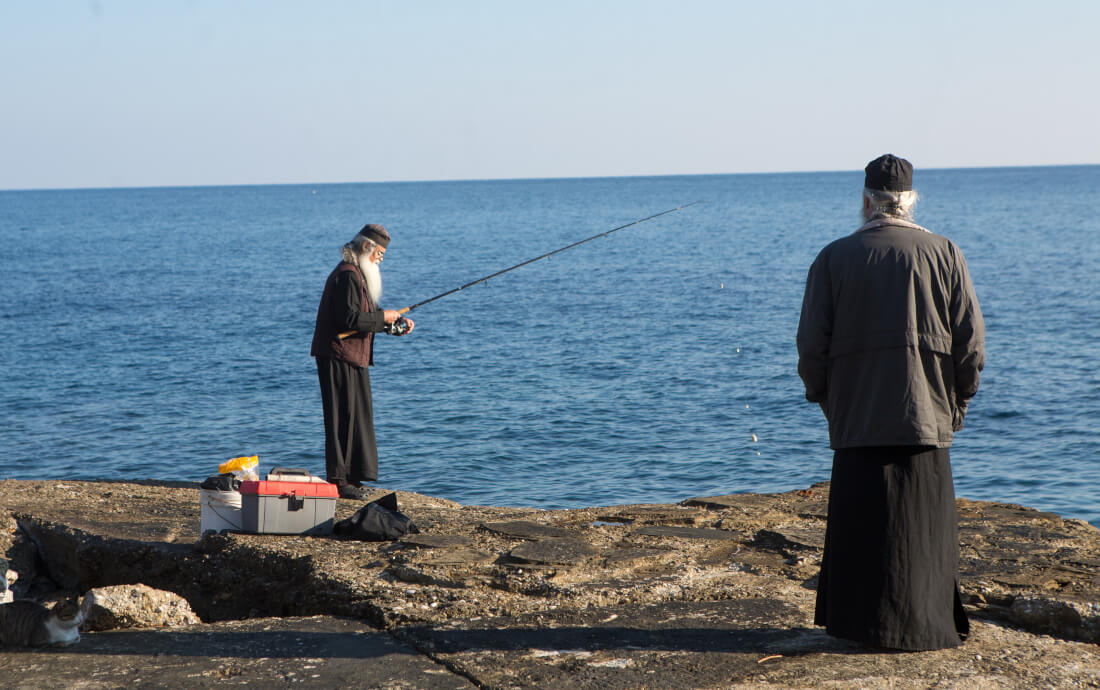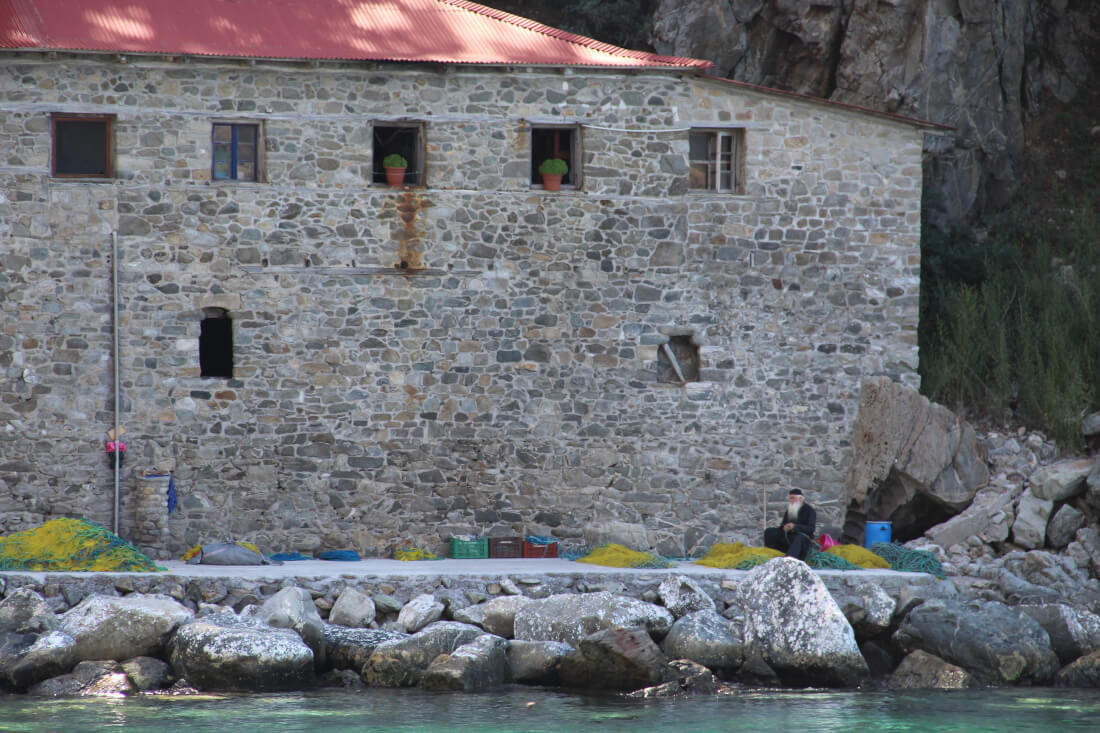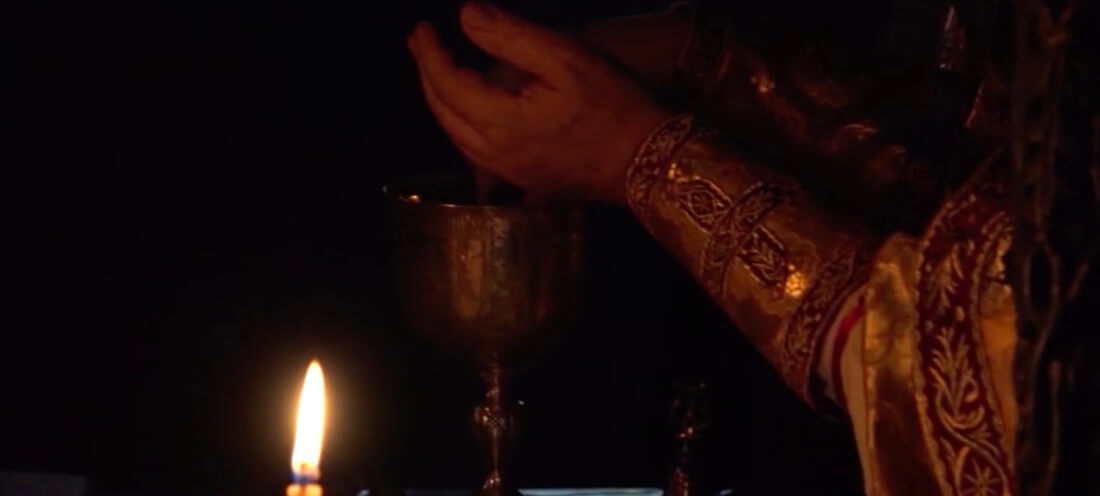He was born in Ayvalık of Asia Minor, on November 8, 1895. He finished high
school and came to Athens for his studies at "Polytechneion", the Technical University. He lived in Paris
for five years, where he worked as an illustrator for books and magazines. In 1919 he returned to Ayvalık
and founded the "New People" Spiritual Association with the participation of Elias Venezis and Stratis
Dukas. He was appointed to the "Parthenagogeion" (Girls' School) where he teaches French and History of
Arts. He published his book "Pedro Cazas" and in 1922 after the catastrophe of Asia Minor he came to
Athens.
He went to Mount Athos for the first time in 1923 and stayed there for several months. During that period,
his contact with Byzantine art will be a milestone in his work and life. He has passionately supported the
need for the creation of a Greek art that draws from Byzantine and post-Byzantine art.
During his first visit to the Athonian state, he writes:
"...I didn't expect to find such perfect art in the monastery churches. From what I had read about Byzantine
art I had the idea that this art was worth less attention than that of the Italian Renaissance. In Athos's
paintings one can find the most rare perfection. As far as I can see, it is very rare to find works with
such artistic wisdom and so intense rhythm".
